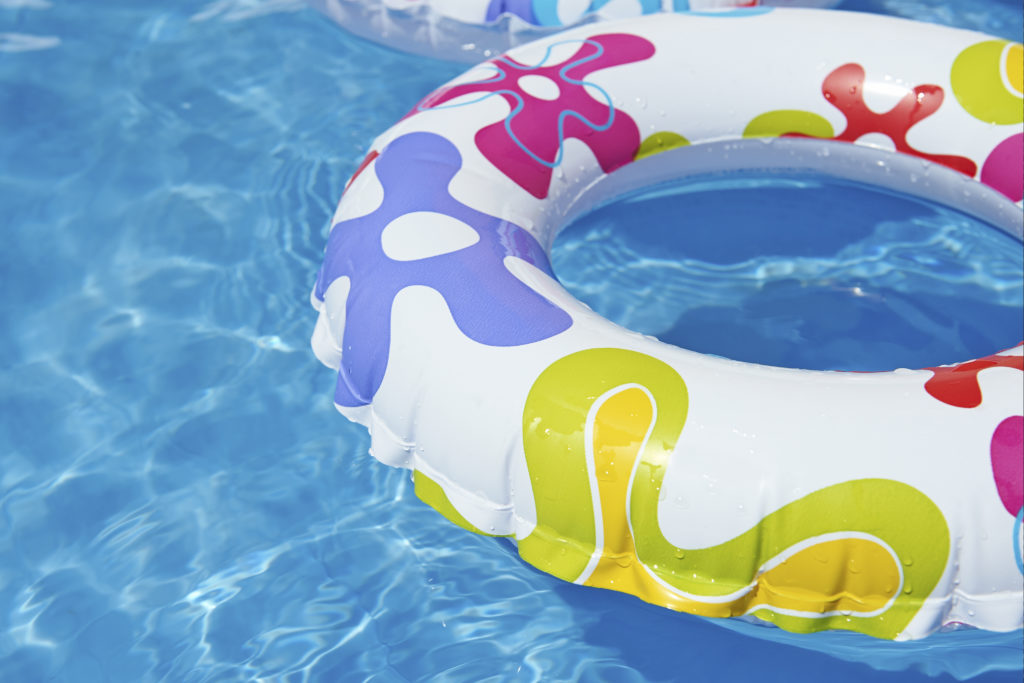What is “Dry Drowning,” and How Do I Talk to Parents About It?
What is “Dry Drowning,” and How Do I Talk to Parents About It? https://pediatricsnationwide.org/wp-content/uploads/2021/04/454132847-web-1024x683.jpg 1024 683 Daniel Scherzer, MD and Bema Bonsu, MD Daniel Scherzer, MD and Bema Bonsu, MD https://secure.gravatar.com/avatar/0a88b403c60c96626d977883822d8b3e1670bd04d946778690a623981bc28fbd?s=96&d=mm&r=g
The concern about so called “dry drowning” (which is not an actual medical phrase; neither is “secondary drowning”) is based on the fear that a child can unexpectedly succumb to respiratory problems some unpredictable time after swimming.
This fear has been exacerbated by media reports dramatizing events without fully explaining them. The concept that dry drowning is based on post-obstructive or post-asphyxial pulmonary edema (like acute respiratory distress syndrome) has truth to it. The concept that it can sneak up on a child unexpectedly, however, is often misconstrued.
The reality is that if a child suffers a submersion injury, he or she will have symptoms such as cough, tachypnea, dyspnea, fatigue or headache. Complications may take hours to evolve, but they won’t emerge unpredictably without warning, and they won’t start days later as has sometimes been implied in the media.
If a submersion injury is suspected, the family should seek care at an emergency department.
Image credit: ThinkStock
About the author
-
Bema Bonsu, MDhttps://pediatricsnationwide.org/author/bema-bonsu-md/
- Posted In:
- Clinical Updates






